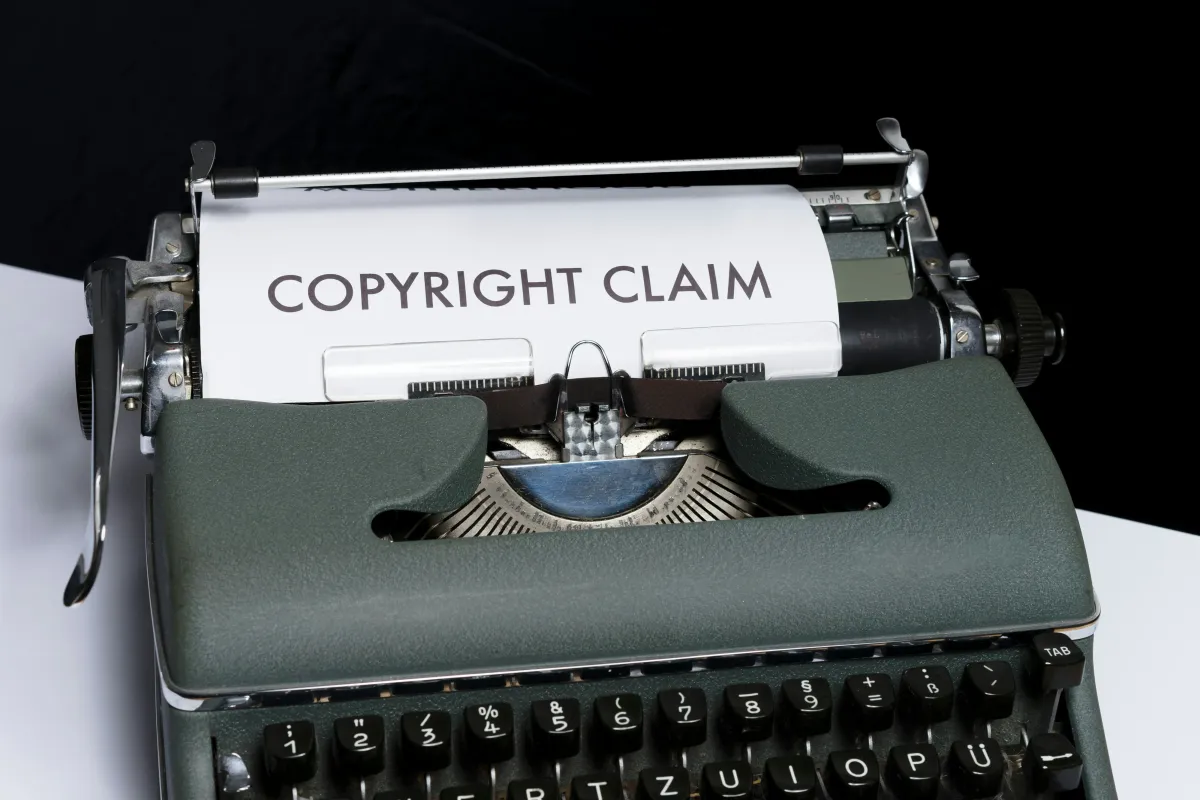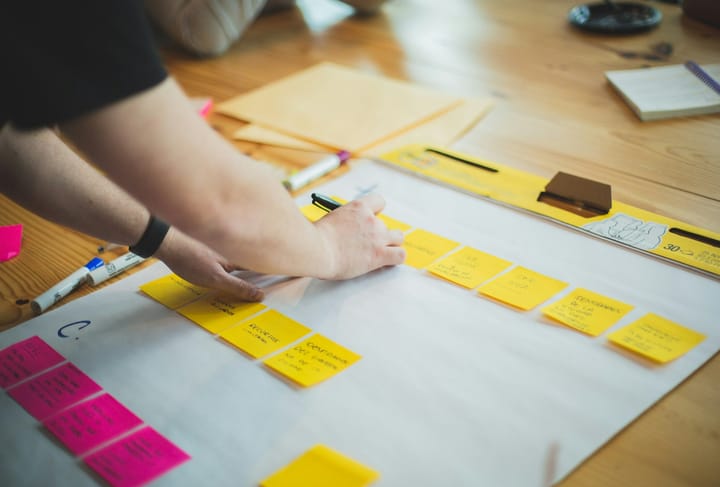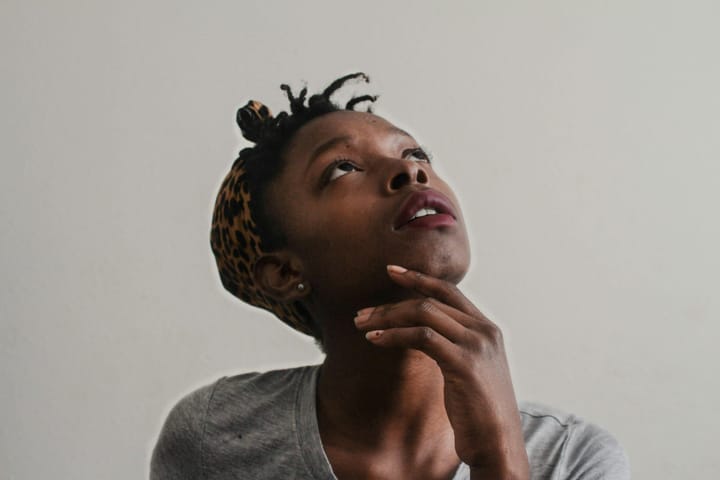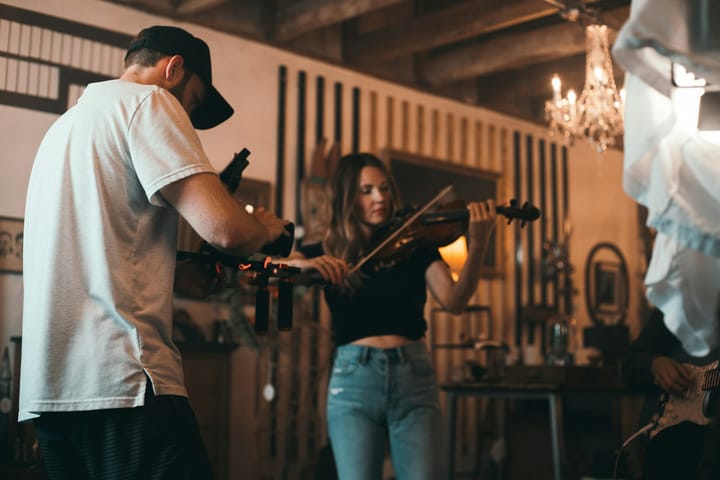Navigating Copyright on YouTube: A Creator’s Guide to Avoiding Claims
Understanding the complexities of copyright law is both a challenging and essential part of being a YouTube content creator.

Key Takeaways:
- YouTube creators should understand and respect copyright laws to avoid claims and strikes.
- Safeguard your content from copyright claims by asking for proper permissions for copyrighted materials and utilizing royalty-free resources.
- Learn the concept of Fair Use, although it’s often a gray area that should always be approached with caution.
Understanding copyright law is essential for all YouTube content creators. If you get a copyright strike for the first time, YouTube requires you to go through Copyright School. If you accumulate 3 copyright strikes, your channel will be terminated, and you will lose the ability to create new channels.
1. Understanding Copyright Law
Using music, images, or video clips that someone else created without permission can trigger a copyright claim. Copyright law exists to protect the rights of original content creators and prevent unauthorized use of their work.
You can also watch this comprehensive guide on mastering copyright on YouTube.
2. Use of Royalty-Free and Licensed Content
To avoid copyright issues, creators should use royalty-free or properly licensed content. Websites like Artlist, Epidemic Sound, and Pixabay provide music, images, and video clips that can be legally used. Even if YouTube’s copyright system flags your content, services such as Artlist and Epidemic Sound allow you to clear these claims by registering your content ID.
3. Seeking Permissions and Licenses
If you plan to use copyrighted material in your videos, always seek explicit permission or purchase the necessary licenses. For instance, if you want to feature a popular song, you need approval from the copyright holder, which may involve paying for a license. Services like Lickd and Musicbed can assist with obtaining the required permissions.
4. The Fair Use Doctrine
Fair Use allows creators to use limited copyrighted material without permission for purposes like commentary, news reporting, teaching, and parody. However, Fair Use is subjective and varies from case to case, often leading to disputes.
For example, using short clips of a film for critique purposes may be permissible under Fair Use, but it’s not a guaranteed defense against claims. To minimize risks, keep clips under 5 seconds long.
5. Creating Original Content
The simplest way to avoid copyright issues is by creating original content. This includes using your own music, footage, animations, and scripts. By focusing on originality, you ensure your channel stands out and avoids legal complications.
6. Proper Attribution
When using content under Creative Commons or other permissible licenses, always provide proper attribution. This means crediting the original creator in your video or its description, as required by the specific license.
7. Staying Informed and Up-to-Date
YouTube’s copyright policies and laws change frequently. As a content creator, staying updated with these changes is crucial to avoid unintentional violations.
8. Using YouTube's Copyright Tools
To further protect your content, YouTube offers tools like the YouTube Studio’s Copyright Match Tool. This tool helps you detect if other creators are using your content without permission, allowing you to take action before strikes occur.
Our team at Vimerse takes copyright issues seriously. We rely solely on royalty-free music and stock footage, ensuring compliance with copyright regulations. Moreover, we use short clips when necessary to reduce the risk of claims.
Conclusion
Avoiding copyright claims on YouTube requires a careful balance of understanding legalities, using licensed resources, and creating original content. Respecting copyright laws not only protects your channel from claims but also fosters a respectful and creative online environment.
For more insights on Youtube related content, explore Unlocking YouTube Handles: A Guide to Elevate Your Channel Identity and Boost Your Channel: The Ultimate Guide to YouTube Growth Strategy.
Also, don't forget to check out Vimerse. Vimerse is a video editing agency for content creators and marketing agencies. We offer fast video editing at a price you'll love. We edit videos for YouTubers & Tiktokers with 10M+ subscribers. Get the best video editing services and grow your channel.


